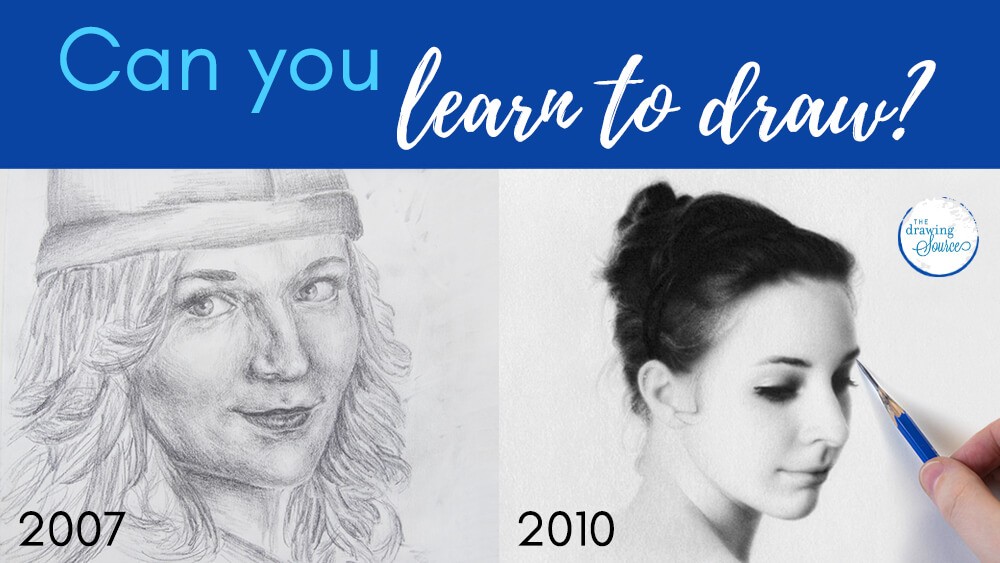The question “Can A Person Learn To Draw?” is common for aspiring artists. Whether you dream of sketching breathtaking landscapes or capturing the intricate details of a portrait, the answer is a resounding yes. Realistic drawing is a skill, not a talent reserved for a select few. With dedication, the right instruction, and consistent practice, anyone can learn to draw.
Debunking the Myth of Innate Talent
A persistent myth suggests that drawing is solely for those born with inherent artistic abilities. This is simply untrue. While some individuals may have a natural inclination towards visual arts, drawing, at its core, relies on learned techniques and observation. Just like learning a musical instrument or a new language, drawing requires training your eye to see and your hand to translate what you see onto paper.
This detailed charcoal drawing of outer space, created by artist and educator Marina Fridman, demonstrates the power of learned skills. The intricate details and realistic depiction of planets and the cosmos were achieved through years of dedicated study and practice, not inherent talent alone.
Learning to Draw: A Journey, Not a Destination
Learning to draw is a journey of developing three core areas:
- Learning to See: This involves training your eye to observe the world differently, noticing subtle details of light, shadow, form, and perspective that often go unnoticed.
- Acquiring Drawing Knowledge: Understanding fundamental concepts like proportion, anatomy, perspective, and composition provides the building blocks for creating realistic drawings.
- Developing Drawing Skills: This involves mastering various techniques, from basic line work and shading to more advanced rendering methods, allowing you to translate your observations onto paper.
Even accomplished artists start with simple beginnings. This early childhood drawing by Marina Fridman highlights that artistic skill is developed over time through learning and practice.
Effective Learning Strategies
To effectively learn to draw, structured learning is key:
- Structured Curriculum: Following a well-designed curriculum ensures you learn foundational skills before tackling more complex concepts. This eliminates the guesswork and frustration often associated with self-teaching.
- Expert Guidance: Learning from experienced artists and instructors provides invaluable feedback, corrects mistakes early on, and accelerates the learning process.
- Consistent Practice: Regular practice is crucial for developing muscle memory, refining techniques, and solidifying learned concepts. Consistent effort, even in short bursts, yields significant progress over time.
These early portrait drawings showcase the progression of skill development with consistent practice and the application of learned techniques.
From Beginner to Accomplished Artist
Marina Fridman’s personal journey exemplifies the transformative power of dedicated art education. Starting with simple drawings in childhood, she honed her skills through formal training and consistent practice, eventually creating stunning large-scale drawing installations.
This graphite portrait demonstrates the level of skill achievable through dedicated study and practice. The realistic rendering of light, shadow, and form showcases the artist’s mastery of fundamental drawing techniques.
Unlock Your Artistic Potential
Learning to draw is an achievable goal for anyone willing to invest time and effort. With the right resources, guidance, and practice, you can unlock your artistic potential and bring your creative visions to life. Embrace the journey, celebrate your progress, and enjoy the rewarding experience of learning to draw.
